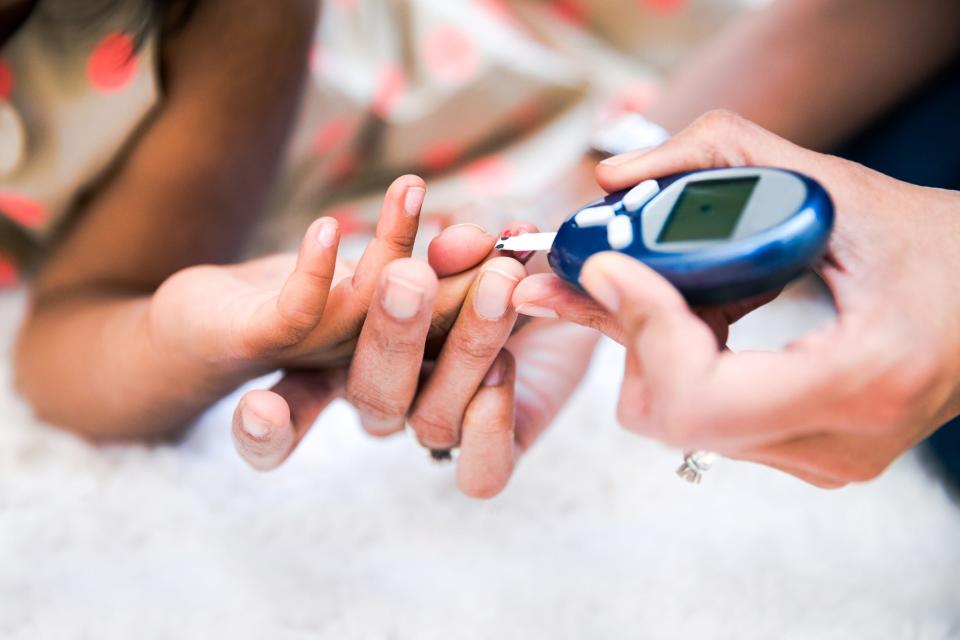Diabetes treatment can be incredibly costly. But the biggest cost is (surprisingly) not insulin
Millions of Americans with diabetes have cheered as drugmakers slashed the price of insulin, the lifesaving medication that treats the chronic disease.
But those lower prices, which came amid government pressure to cap insulin costs and more competition from generics and biosimilars, are only one part of the cost of treating the disease, which causes elevated blood sugar that can damage the heart, eyes and kidneys if untreated.
Over-the-counter medical supplies to monitor glucose levels and administer medications can make up the largest portion of a patient’s costs. A 2020 JAMA Internal Medicine report found that children and adults with private health insurance spent more out-of-pocket on diabetes-related supplies than on insulin.
“We’re glad insulin prices are capped, and people are paying more attention, but that only really tells part of the story of people living with diabetes,” said Dr. Karla Robinson, medical editor at GoodRx, a platform that helps people find the lowest prescription prices near them.
The cost of supplies “impacts people much more so than ... insulin. It can affect what treatment they even opt for because supplies can be very expensive.”
Lowering insulin prices: Capping the cost of insulin
How many people are affected by supply costs?
Of the 37 million Americans who have diabetes, about 8 million use insulin but all must monitor their sugar levels. Add to that another 100 million pre-diabetic adults who may need test supplies.
There are two types of diabetes:
Type 1, which is completely insulin-dependent.
Type 2, which may or may not need insulin because you can take oral medications or make a lifestyle and diet change to control it.
"One thing both have in common is they all need to monitor their sugar in some ways,” Robinson said. “Many people are affected who don’t ever require insulin, so this is a huge issue.”
Changing the outlook: FDA approves first treatment that delays Type 1 diabetes. Why it could be 'game changing'
Growing numbers: Diabetes rates among young people in the US are on the rise. Here’s why.


 Yahoo Autos
Yahoo Autos 